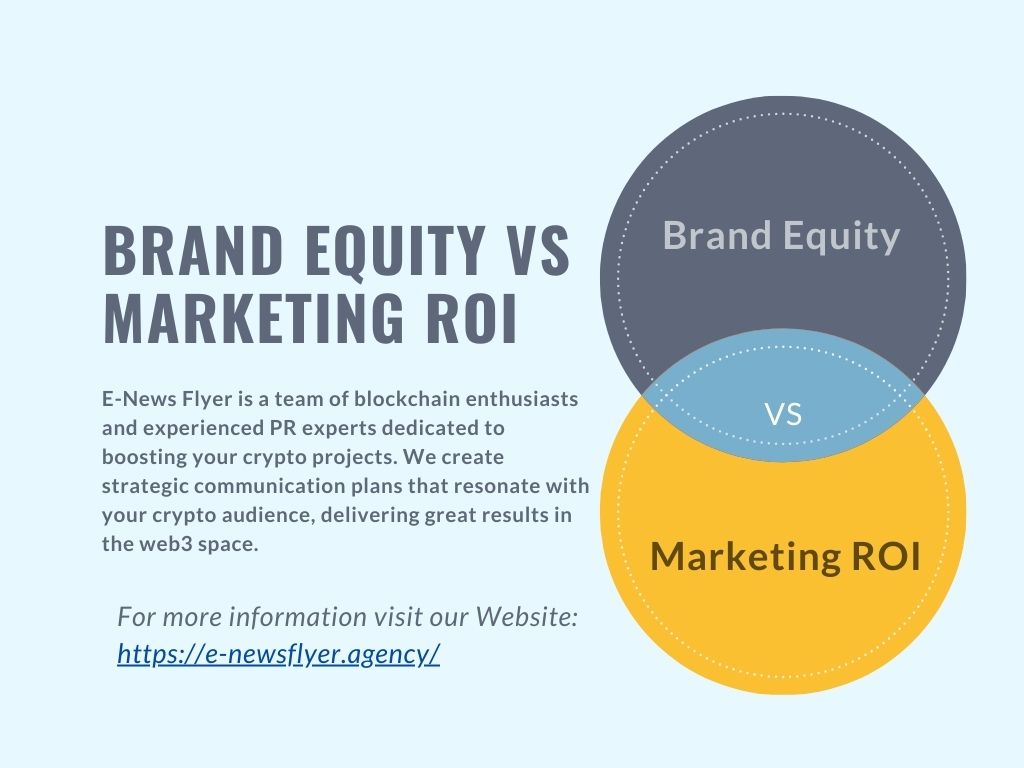In today’s competitive market, understanding the true value of your brand goes beyond just looking at the immediate return on investment (ROI) from your marketing campaigns. While Marketing ROI is crucial for tracking the success of specific efforts and justifying marketing spend, it doesn’t always capture the long-term value your brand holds in the minds of consumers. That’s where brand equity comes into play.
1. What is Brand Equity?
Brand equity refers to the value a brand adds to a product or service, beyond the functional benefits. It’s the cumulative effect of how consumers perceive your brand based on experiences, trust, and the emotional connection they’ve built over time. Strong brand equity means customers are more likely to choose your brand over others, even if your competitors offer similar products at a lower price.
2. What is Marketing ROI?
Marketing ROI measures the profitability of your marketing investments. It answers questions like: How much revenue did this campaign generate? What was the cost per acquisition? While essential for short-term budget planning and campaign optimization, Marketing ROI doesn’t fully account for intangible assets like customer loyalty, brand perception, and word-of-mouth referrals that develop over time.
3. Measuring Brand Equity: The Long-Term Perspective
Unlike Marketing ROI, brand equity is harder to quantify but more critical for sustained growth. It can be measured through various methods, such as:
- Customer Surveys and Feedback: Asking consumers about their perceptions, brand awareness, and loyalty.
- Net Promoter Score (NPS): Gauging the likelihood of customers recommending your brand to others.
- Market Share Analysis: Assessing your brand’s share in the market compared to competitors.
- Brand Valuation Models: Using financial models to estimate the brand’s value based on its earnings, market share, and growth potential.
4. Balancing Brand Equity and Marketing ROI
For long-term success, businesses need to balance both brand equity and marketing ROI. Short-term campaigns should drive sales and measurable returns, but they should also align with your brand’s values and messaging to reinforce positive brand equity. Overemphasizing ROI at the expense of brand equity can lead to short-lived gains but may harm customer trust and loyalty in the long run.
5. Conclusion: The True Value of Your Brand
The true value of your brand lies in its ability to create lasting relationships with customers. While Marketing ROI provides immediate insights into campaign performance, brand equity ensures that your brand remains relevant, trusted, and chosen by consumers over time. By measuring both and understanding their interplay, businesses can make informed decisions that foster sustainable growth and long-term success.

